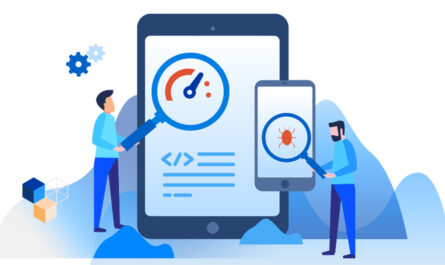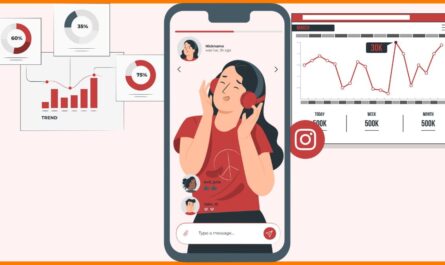Introduction
Procurement is a critical function for any organization involved in purchasing goods and services either for internal consumption or as part of revenue generating activities. With increasing complexity and globalization of supply chains, many companies are finding it difficult to handle the entire procurement process in-house. This has led to the emergence of procurement outsourcing as popular business strategy.
Rise of Third Party Providers
The Procurement Outsourcing industry has witnessed tremendous growth over last decade with many specialized third party providers entering this domain. These providers offer customized outsourcing solutions ranging from support functions like supplier management, contract compliance to entire procurement operations. They leverage technology and domain expertise to deliver cost benefits, process efficiencies and manage compliance for their clients. Some of the prominent third party providers in this space include GEP, Genpact, IBM, Accenture etc.
Key Drivers for Outsourcing
There are multiple factors prompting companies to seriously consider outsourcing their procurement functions:
Cost Optimization
Procurement accounts for significant percentage of operating expenses for most businesses. Outsourcing trims overhead costs by eliminating need for specialized hiring, infrastructure and IT costs. It allows shifting fixed costs to variable model through transaction based outsourcing engagements.
Focus on Core Competencies
Outsourcing frees internal resources to concentrate on revenue generating core activities of business rather than spend time on non-core procurement operations. Management can devote energy to strategic growth initiatives.
Access to Technical Expertise
Third party providers have deep domain knowledge, standardized best practices and frameworks to handle complex procurement operations involving multiple stakeholder engagement, analytics and supplier management skills.
Regulatory Compliance
Complying with trade regulations, contracts, labor laws governing procurement can be daunting task. Outsourcing ensures adherence through specialized professionals and governance frameworks.
Improved Process Efficiency
Advanced tools, centralized functions and economies of scale help achieve higher process efficiency, visibility, spend controls and reduce maverick buying compared to siloed in-house operations.
Risk Mitigation
Outsourcing transfers operational risks like volume fluctuations, supplier failures to robust third party supply chain managed by procurement experts.
Scope of Outsourcing
Based on their priorities and objectives, companies can choose to outsource certain functions or entire procurement operations:
Partial Outsourcing
Select functions like indirect category sourcing, supplier management, contract compliance, paperwork processing are outsourced to reduce costs in non-core areas.
Horizontal Outsourcing
All indirect category sourcing for commoditized goods and services are outsourced under a strategic partnership for better economies of scale.
Full Outsourcing
End-to-end procurement operations including sourcing, contracting, inbound logistics and payment functions are outsourced to procurement specialists to achieve maximum efficiency.
Captive Outsourcing Center
Certain multi-national companies set up their own offshore captive outsourcing centers leveraging low cost destinations to service global client requirements and retain control.
Models of Outsourcing Engagements
Depending on objectives and budgets, companies opt for right sourcing model:
Shared Services Model
Basic transactional functions are outsourced on transactional pricing to optimize costs with well defined SLAs.
Business Process Outsourcing
End-to-end categories or full procurement operations are outsourced on long term fixed price contracts including transformation services.
Managed Services
Third party manages strategic functions like supplier innovation, risk management on outcome based pricing supported by proprietary tools.
Procurement as a Service
Procurement capabilities offered on subscription/pay per use model to small businesses without capital investment as a cloud based service.
Challenges to Outcome Based Model
While outcome based models improve alignment of goals, it requires investing in right capabilities by service provider to track and improve metrics like cost savings, process efficiencies over long term for successful transition. Proper change management of impacted internal stakeholders is also critical to realize projected benefits.
As procurement outsourcing matures into a strategic function delivering tangible business value, companies will increasingly adopt outcome focused partnership models with best in class global providers. Third party management of non-core procurement processes frees internal resources and improves compliance. It offers flexibility and scalability suitable across industry segments. Given the transformation capabilities required, selecting a right service provider becomes important for success of any outsourcing engagement.
*Note:
1. Source: Coherent Market Insights, Public sources, Desk research
2. We have leveraged AI tools to mine information and compile it




